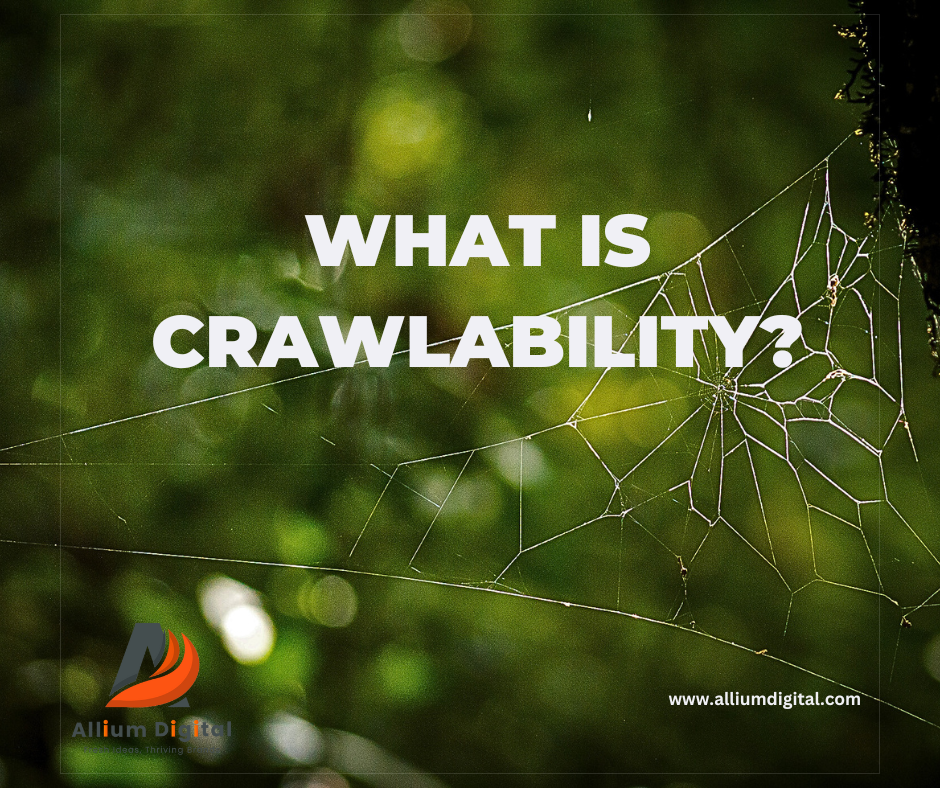Crawlability refers to the ability of search engine bots, often called crawlers or spiders, to access and navigate a website’s content.
It’s a fundamental aspect of search engine optimization (SEO) because if these crawlers can’t efficiently explore your site, your content may not be indexed or appear in search results.
How Search Engine Crawlers Work
Search engines like Google use automated programs known as crawlers to discover new and updated web pages.
These crawlers follow links from known pages to new ones, building a vast content index.
When a crawler encounters a page, it analyzes the content and metadata, determining how relevant the page is to specific search queries.
The Importance of Crawlability in SEO
For your website to rank in search engine results, it must first be crawled and indexed.
Without crawlability, even the most valuable content remains invisible to potential visitors.
Ensuring that your site is easily navigable by crawlers enhances the likelihood of your pages being indexed and appearing in relevant searches.
Factors Affecting Crawlability
Several elements can impact your website’s crawlability:
- Robots.txt File: This file instructs crawlers on which pages they can or cannot access. Misconfigurations can inadvertently block important content.
- Site Structure and Internal Linking: A clear, logical structure with well-implemented internal links helps crawlers navigate your site more effectively.
- Broken Links and Errors: Dead links and server errors can hinder crawlers, preventing them from accessing parts of your site.
- Duplicate Content: Having multiple pages with identical or very similar content can confuse crawlers and dilute your SEO efforts.

Enhancing Your Website’s Crawlability
To improve crawlability:
- Optimize Your Robots.txt File: Ensure it’s correctly configured to allow access to important pages.
- Develop a Clear Site Structure: Organize content logically and use internal links to connect related pages.
- Fix Broken Links: Regularly check for and repair any broken links or errors.
- Manage Duplicate Content: Use canonical tags to indicate preferred versions of similar pages.
- Create an XML Sitemap: Submit a sitemap to search engines to guide crawlers to all your important pages.
Focusing on these areas can enhance your site’s crawlability, leading to better indexing and improved search engine rankings.
Understanding and optimizing crawlability is crucial for any effective SEO strategy.
Ensuring that search engine crawlers can efficiently access and index your content, you increase the likelihood of your site appearing prominently in search results, ultimately driving more organic traffic.
FAQ: Your Top Crawlability Questions Answered
What is crawlability in SEO?
Crawlability is a site’s accessibility to search engine bots and how easily they can find, fetch, and follow links on your pages.
How do I test my site’s crawlability?
Use Google Search Console’s URL Inspection tool, Screaming Frog SEO Spider, or Semrush’s Site Audit to confirm bots can access your pages and detect any obstacles.
What’s the difference between crawlability and indexability?
Crawlability is about bots discovering your URLs. Indexability is about bots deciding whether to store those URLs in their database. Both steps are required before pages can rank.
Why is my robots.txt blocking vital pages?
A misplaced Disallow directive can inadvertently block sections. Always review robots.txt to ensure only truly non-essential URLs are excluded.
How can I maximize my crawl budget?
Prioritize high-value pages in your sitemap, remove low-value URLs from crawling (e.g., faceted navigation), and fix any crawl traps like redirect loops.
Need help or assistance improving your website’s crawlability? Get in touch with us.

